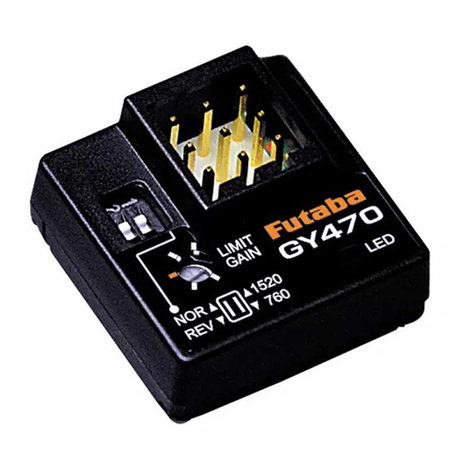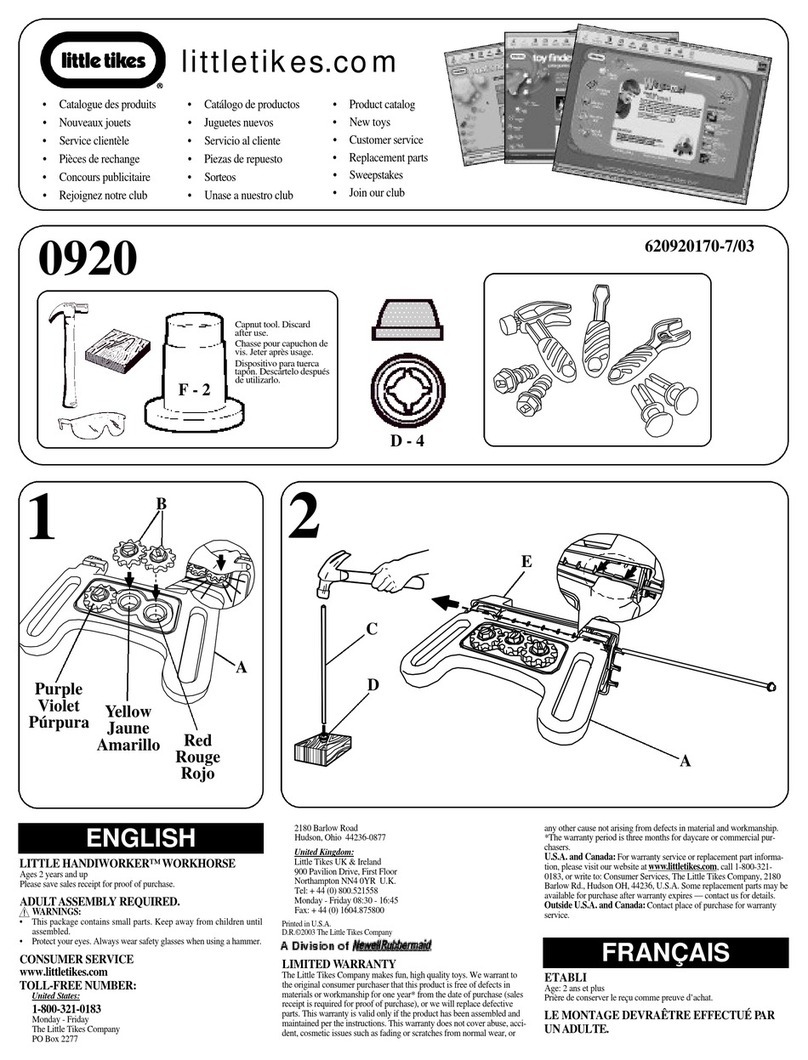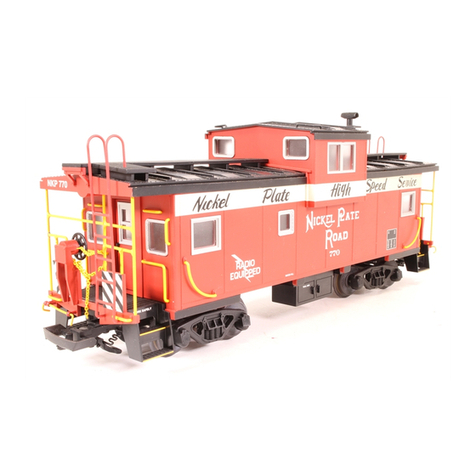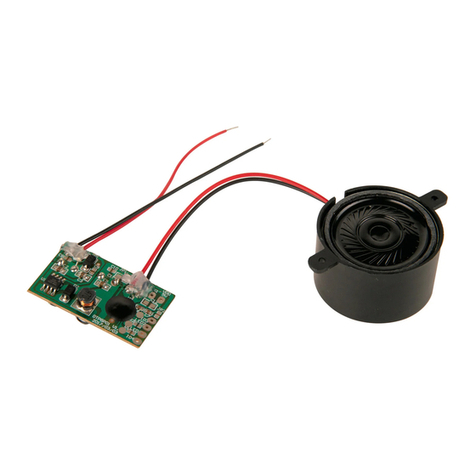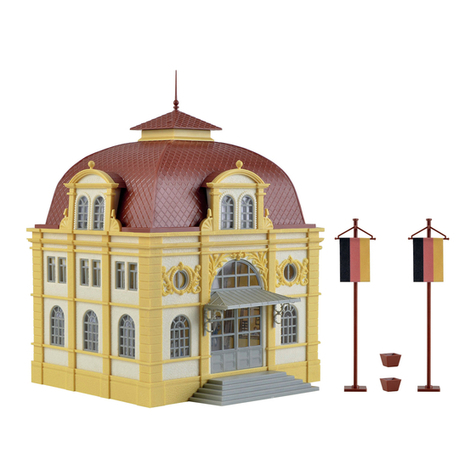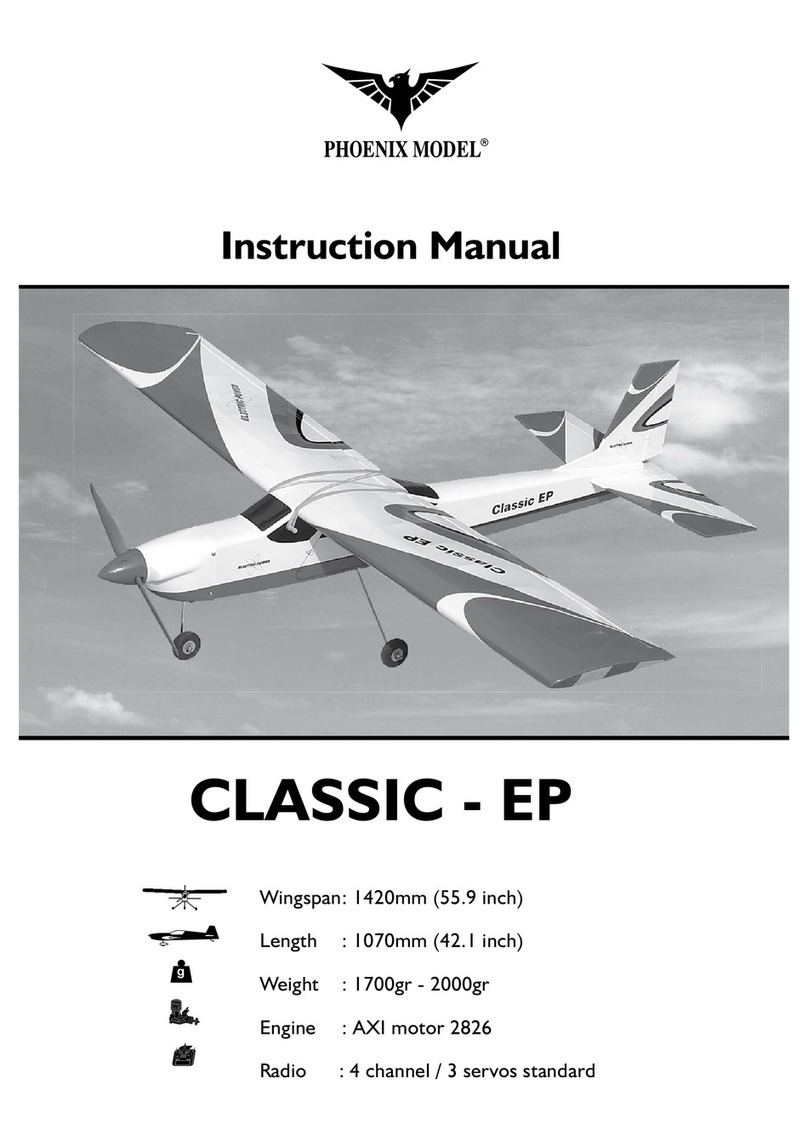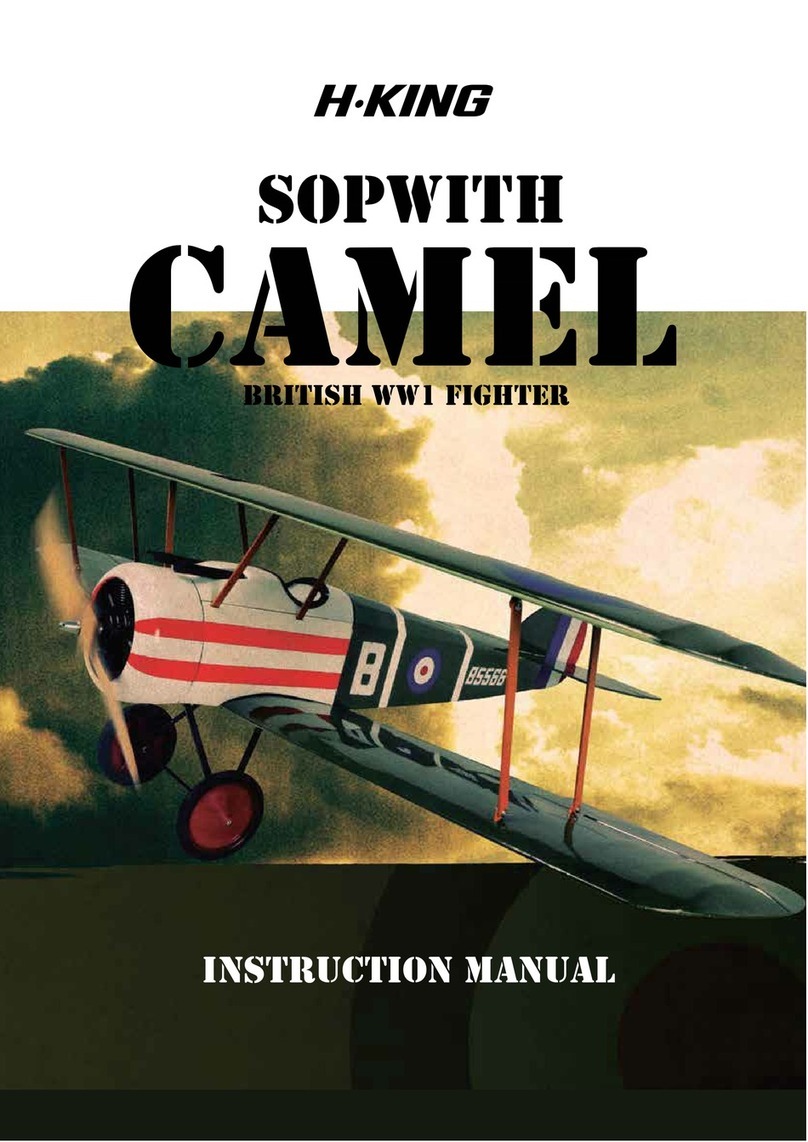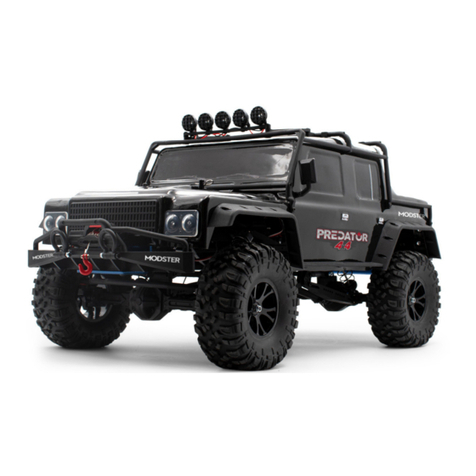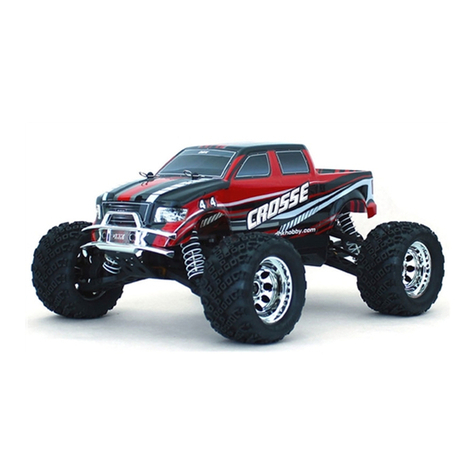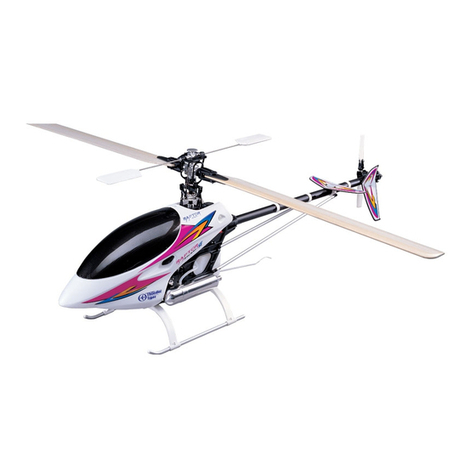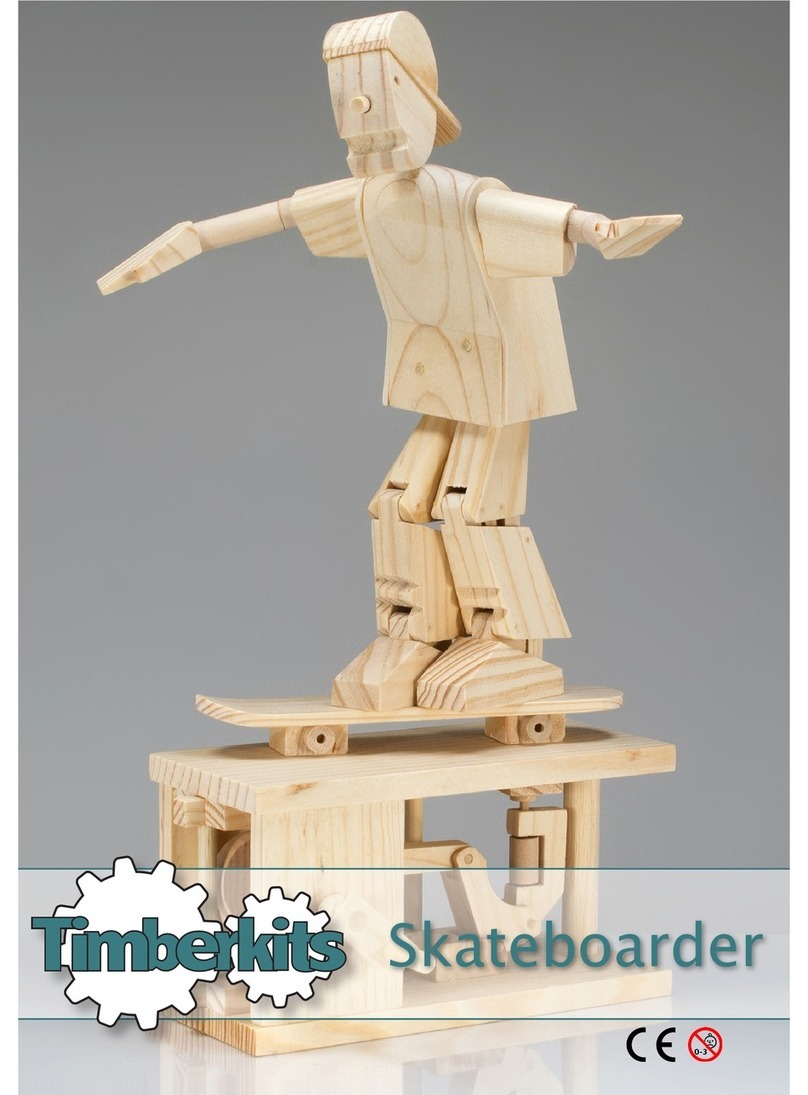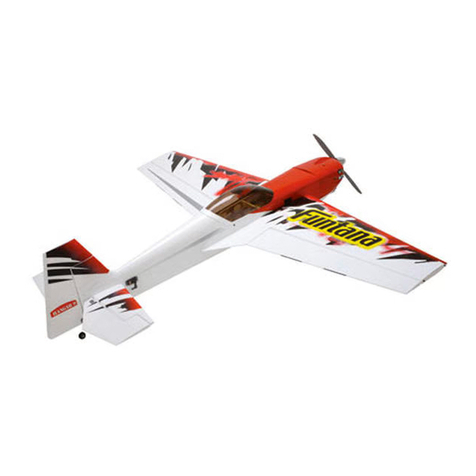Hurricane Category 4 Instructions For Use
Hurricane Category 4 Safety Rules
Read each safety rule before assembling or
using your new Hurricane Machine
»The use of this product requires ADULT SUPERVISION AT ALL TIMES.
»
Use of this product in a manner other than described in this manual can lead to
serious injury for which the manufacturer and/or distributor will not be held liable.
Only use a practice bat.
»
Wear a batting helmet with a face guard at all times while using this product.
»
Age Restrictions: 5 and up
1. Make sure no one is near the batter or the Hurricane ball’s circular path of
movement. Never hit the ball toward people. Always hit the ball toward an
open unoccupied area, a fence, a wall, etc. A “safety clearance zone” with a
radius of 24 feet is required while using this machine.
2. Make sure to maintain the 24 ft. clearance “safety zone” while using the
machine. No one except the batter should be inside the “safety zone”. Should
anyone else enter the “safety zone”, the batter must stop hitting the machine
immediately.
3. Never adjust the Hurricane Machines height without removing the powerbands.
When adjusting the machine’s height, hold the impact head component. Never
touch the machine’s rotational axle when adjusting the height.
4. When installing the Hurricane Machine’s powerbands, always hook the
powerband on the bottom hook first. Use your foot to hold the machine in place
when installing a powerband.
5. Batters should frequently check their distance and location in relation to the
ball to insure proper contact can be made. At no time should the batter make
contact with the shaft of the ball unit. The batter should hit only the ball at the
end of the rod. The shaft is made of an extremely durable material. However,
repeated contact with the shaft may cause breakage.
6. Before using the machine, the adult supervising should always do the following:
a. Inspect the ball unit for damage or signs of failure.
b. Make sure all knobs are tightened properly.
c. Make sure that no one is near the machine or the batter.
d. Make sure that the ball is not going to be hit toward anyone.
7. For indoor use, it is recommended that the machine be placed on a mat or rug
to protect the surface of the floor. Sandbags should be used to prevent the
machine from moving when it is used indoors. Ground pins should be used to
prevent the machine from moving when it is used outdoors.
